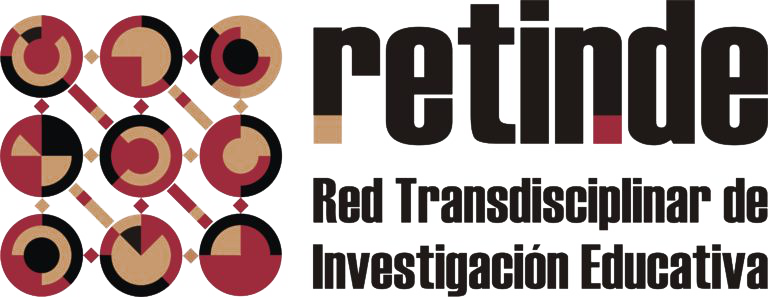The graphical representation or visualisation of information and data
In order to favour a greater impact of the information transmitted and for recipients to be able to retain, analyse and evaluate the data disseminated, it is important to value the communication of information represented graphically.
Studies have shown that it is easier to grasp and remember information through images than through text. And that the brain is able to process information much more quickly by visualising it graphically than by reading text. Likewise, data presented through different graphics or symbology are much better remembered than textual data.
We can say that data visualisation is a technique that enables us to visually present data that sometimes form a large volume of information that is very complex and difficult to remember. By means of its visual representation, we facilitate the processing of these large amounts of information.

In the same way, by representing data through graphs, infographics or maps, visualisations offer and provide a much easier way to identify aspects, patterns, relationships, trends, characteristics or atypical behaviours that are not evident or perceptible to the naked eye. It becomes a fundamental process for understanding, interpreting and reusing data.
There are numerous benefits of graphical data visualisation in the sense that it converts large volumes of information into something useful and understandable. These benefits include:
- Effective communication of complex information quickly and easily.
- Avoiding information overload, allowing more efficient and faster selection of visual rather than textual data.
- Tailoring information to different types of audiences, including those who speak different languages.
- Facilitates analysis, allowing conclusions and data values to be drawn more quickly and easily.
- Efficient detection of trends, outliers, relationships between variables and errors more effectively.
Therefore, in order to carry out a data visualisation project, it is essential to plan and comply with several aspects:
- Retrieval of reliable and relevant data on the subject of work.
- Clearly defining the information to be communicated.
- Selecting the most correct or suitable type of visualisation for the data you want to show.
- Adaptation of the graphic representation to the type of public-users-consumers to whom it will be addressed, considering questions such as: who are they, what are they interested in, what do we want to communicate to them?
- Conveying the right messages: Simplify and carefully select the content to convey the essential. Focusing on what is relevant and important.
- Make the product visually appealing and easily readable and understandable through the correct and appropriate use of frames, fonts and labels.
- Include an appropriate amount of data, prioritising simplicity and avoiding information overload.
- Adjust the representation of quantitative information by means of weights or percentage data.
- Provide clear explanations of processes, results and conclusions or the value of the data.
- Cite sources and any information regarding licensing of the material used (images, videos, vectors, etc.) and the resulting material. Some applications for generating visualisations may have specific conditions of use, ranging from restrictions on usage to signature requirements on the final visualisation.
In short, it is important to avoid mistakes regarding the selection of the type of visualisation, the amount of data to be displayed, the use of appropriate scaling or weighting of quantitative data, and the correct selection of colours, patterns, fonts or any graphic element.
There are different types of data visualisations, from statistical graphics, which are the simplest; infographics that combine text, images and graphics in a very attractive way; geographic information systems that allow us to visualise data with at least one geographic or spatial component; and finally, dashboards, which are complex visualisations that include several types of graphics, infographics or geographic information systems in the same visualisation. All of them are related and can be updated in real time in a digital environment.
Today we have a wide variety of possibilities to create very complex and varied visualisations of datasets, due to the evolution and multiplication of software, programming languages and environments, and the availability of numerous digital platforms, both online and locally installed. To this must be added improvements in hardware and communication technologies.
Similarly, there are commercial software programmes, free software programmes, as well as mixed or freemium applications that offer certain options in an open and free manner, but which have additional possibilities that are paid for. Nowadays, many of these applications, whatever their type, work in the cloud, with user registration and authentication without the need for local installations and with different options for group or collaborative work.
Some of these programmes are consolidated and have an international diffusion, such as Canva or Infogram. Others, such as the Spanish platform Genially, are gaining a large number of users in certain places. And some others, less known, but of enormous value and simplicity, such as Piktochart or Datawrapper. There are also platforms specialised in maps such as Google My Maps or Google Earth that allow very attractive projects to be carried out easily with geolocated information free of charge. Other applications of this type such as MapBox, Cartoo or ArcGis are commercial products. However, the rest of the applications mentioned, in turn, make it possible to carry out some kind of geographic projects. In any case, almost all platforms for creating data visualisations work in a very similar way, with free or paid pre-designs, and simple and intuitive ways of uploading our data and adding all kinds of graphic elements to our project.
In short, we have at our disposal different databases or repositories of images or videos. Therefore, it is essential that we consult and inform ourselves reliably of the conditions of use of these materials, which sometimes allow non-commercial use, or a way of indicating the authorship of the graphics to be used, etc. To search for images with non-commercial licences, we can use Pixabay, Pexels, Morguefile, etc. In the case of videos, repositories such as Videvo. If we need vectors, icons, illustrations of all kinds, we can go to Flaticon or Undraw. And, in all cases, the search engine of the Creative Commons organisation (https://search.creativecommons.org/), as well as that of the graphic and multimedia archives of the Wikimedia Foundation (https://commons.wikimedia.org/), is a must.

Author:
José Carlos Toro Pascua
GIR Inforal. Universidad de Salamanca






